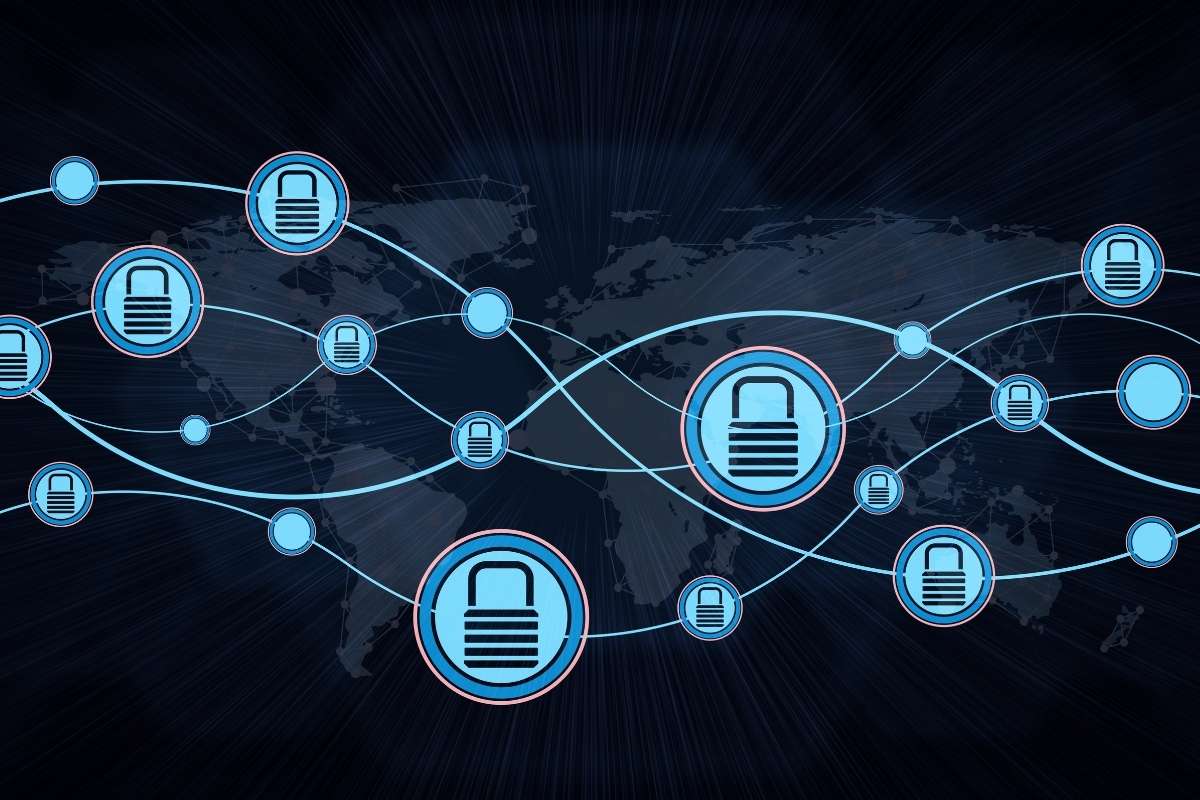(Source-cybersecuritynews.com_.jpg)
A newly identified Cicada3301 ransomware group,, has rapidly gained attention for its advanced encryption techniques and ability to target both Windows and Linux/ESXi systems. First detected in June 2024, the group has already made a significant impact by listing multiple victims on its data leak site. The emergence of Cicada3301 highlights the growing threat of ransomware attacks, urging organizations to strengthen their cybersecurity defenses.
Ransomware-as-a-Service Platform
Cicada3301 ransomware group operates as a ransomware-as-a-service (RaaS) platform, providing affiliates with the tools needed for double extortion tactics. This method involves encrypting victims’ data and threatening to leak it unless a ransom is paid. The group’s ransomware, written in the Rust programming language, is particularly noteworthy due to its performance and security features. Rust has been used in the development of ransomware targeting both Windows and Linux/ESXi systems, a technique previously seen in the now-defunct BlackCat/ALPHV ransomware group.
TheCicada3301 ransomware group is an ELF binary compiled with Rust, specifically version 1.79.0. The choice of Rust is confirmed through an analysis of the binary’s .comment section and references to Rust’s build system, Cargo. The ransomware uses the ChaCha20 encryption algorithm, a method that has been linked to previous ransomware like ALPHV, suggesting possible code similarities or shared developers between the two groups.
Functionality and Attack Vectors
The primary function of Cicada3301’s ransomware, known as linux_enc, is to encrypt data on Linux/ESXi systems. This function accepts several parameters to customize its operation, including a UI parameter that provides a graphical output showing encryption progress and statistics. Additionally, a No_VM_SS parameter allows the ransomware to encrypt files without shutting down virtual machines, utilizing ESXi commands to delete snapshots. The key parameter is essential for the ransomware’s execution; without a valid key, the ransomware will not operate.
Cicada3301’s initial attack involves using valid credentials, often obtained through brute force or theft, to access systems via tools like ScreenConnect. The IP address associated with these activities has been linked to the Brutus botnet, known for its password-guessing campaigns. This connection raises the possibility that Cicada3301 may be a rebranded version of the defunct BlackCat/ALPHV group, or at the very least, shares some of its resources or developers.
Conclusion
Cicada3301 represents a significant and evolving threat due to its advanced encryption techniques and the capability to target multiple operating systems. As the group continues to refine its ransomware and expand its operations, organizations are advised to bolster their cybersecurity measures. Regular data backups, network segmentation, and employee training are essential strategies to mitigate the risk of ransomware attacks. With the rise of sophisticated groups like Cicada3301, the importance of robust cybersecurity defenses has never been more critical.
Also Read: CyberPro Magazine






